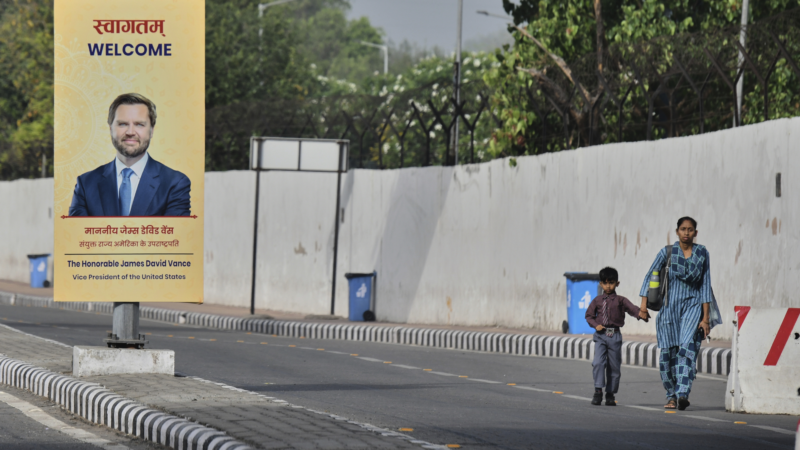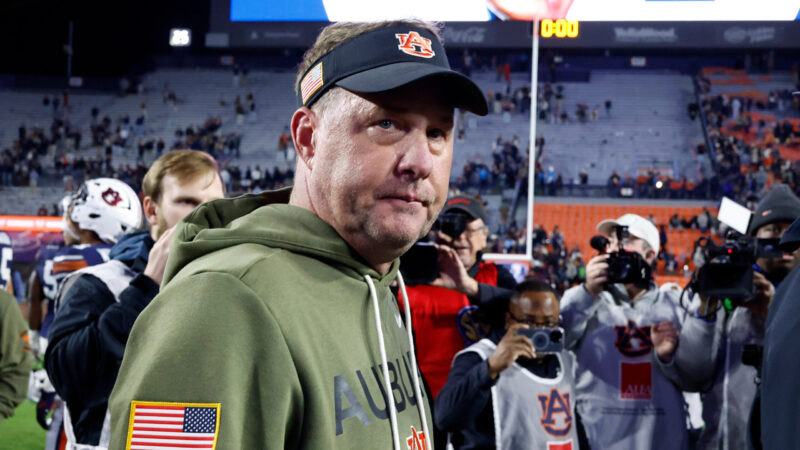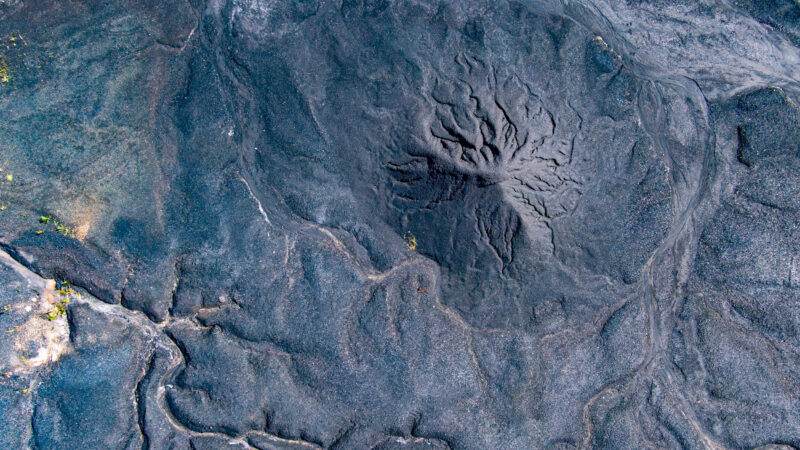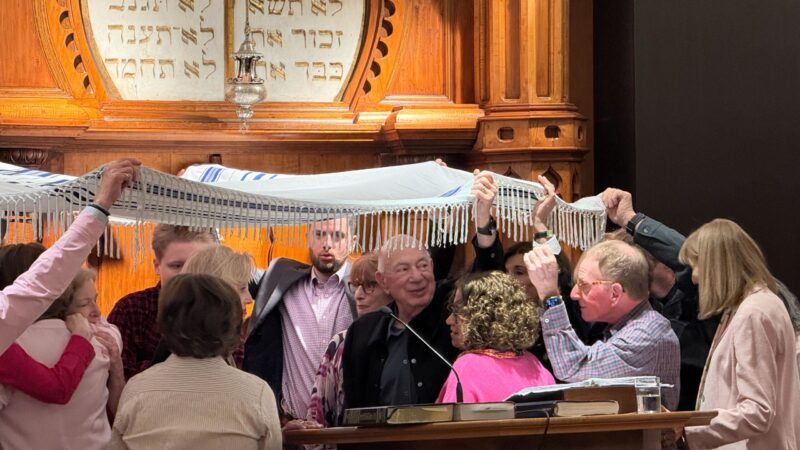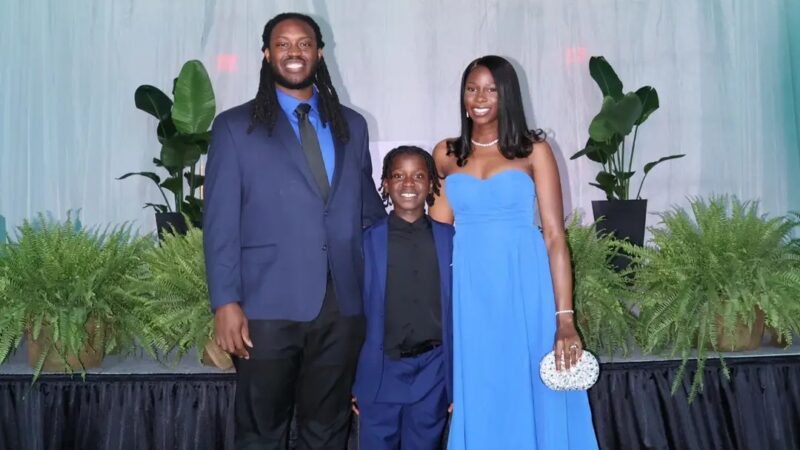U.S. Vice President JD Vance arrives in India for a 4-day visit
NEW DELHI — U.S. Vice President JD Vance arrived in India on Monday for a four-day visit as New Delhi looks to avoid U.S. tariffs, negotiate a bilateral trade deal with Washington and strengthen ties with the Trump administration.
Vance will meet Prime Minister Narendra Modi on the first day of his largely personal visit. The two leaders are expected to hold discussions on bilateral ties outlined in February when Modi met President Donald Trump in Washington.
The U.S. is India’s largest trading partner and the two countries are now holding negotiations aiming to seal a bilateral trade agreement this year.
They have set an ambitious target of more than doubling their bilateral trade to $500 billion by 2030. If achieved, the trade deal could significantly enhance economic ties between the two countries and potentially strengthen diplomatic ties as well.
Vance’s first visit to New Delhi comes amid the backdrop of Trump’s now-paused tariff program against most countries, including India. It also coincides with a rapidly intensifying trade war between Washington and Beijing, which is New Delhi’s main rival in the region.
“We are very positive that the visit will give a further boost to our bilateral ties,” Indian Foreign Ministry spokesperson Randhir Jaiswal told reporters last week.
Vance was greeted with an Indian classical dance performance after he arrived at New Delhi’s Palam airport on Monday, following his visit to Rome, where he met Pope Francis on Easter Sunday. He is accompanied by his wife, Usha Vance, whose parents are from India, along with their children and officials from the U.S. administration. The couple will visit historical sites in the cities of Jaipur and Agra.

India is a close partner of the U.S. and an important strategic ally in combating the rising influence of China in the Indo-Pacific region.
It is also part of the Quad, which is comprised of the U.S., India, Japan and Australia and is seen as a counterbalance to China’s expansion in the region. Trump is expected to attend a summit of Quad leaders in India later this year.
Modi established a good working relationship with Trump during his first term in office and the two leaders are likely to further boost cooperation between their countries.
He was among the first leaders to visit the U.S. and hold talks with Trump after he returned to the White House. During his visit, Modi hailed a “mega partnership” with the U.S., and kickstarted a negotiation process to minimize the possible fallout of Trump’s tariffs.
The two leaders also said they planned to grow their defense partnership, with India signaling compliance with the Trump administration’s demands, saying it will purchase more oil, energy and defense equipment from the U.S.
Regardless, Trump targeted India with a 26% levy, which has since been paused. However, he has continued to call India a “tariff abuser” and “tariff king.”
The trade negotiations are especially urgent for New Delhi as it could be hit hard by Trump’s reciprocal tariffs, particularly in the agriculture, processed food, auto components, high-end machinery, medical equipment and jewelry sectors.
Auburn fires coach Hugh Freeze following 12th loss in his last 15 SEC games
The 56-year-old Freeze failed to fix Auburn’s offensive issues in three years on the Plains, scoring 24 or fewer points in 17 of his 22 league games. He also ended up on the wrong end of too many close matchups, including twice this season thanks partly to questionable calls.
In a ‘disheartening’ era, the nation’s former top mining regulator speaks out
Joe Pizarchik, who led the federal Office of Surface Mining Reclamation and Enforcement from 2009 to 2017, says Alabama’s move in the wake of a fatal 2024 home explosion increases risks to residents living atop “gassy” coal mines.
‘It’s like feeling the arms of your creator just wrapped around you’: a visit to a special healing Shabbat
Members of Temple Emanu-El in Birmingham gathered recently for their traditional Friday Shabbat service. But this particular service was different, as could be seen by all the people dressed in their finest pink.
Space Command is coming to Huntsville. What might that mean for first-time homebuyers
While Huntsville has been a more affordable market than other growing cities, what’s it been like for those looking for their first home?
Colorado says relocation of Space Command to Alabama is ‘punishment’ for mail-in voting
The litigation announced by Colorado Attorney General Phil Weiser asks a federal judge to block the move as unconstitutional.
Breaking down Alabama’s CHOOSE Act
It’s been a year since Alabama legislators passed the CHOOSE Act allowing families to apply for state funds to use towards homeschool expenses and tuition for participating private schools. The Alabama Daily News’ education reporter Trisha Powell Crain has been diving into how the funds are being used. WBHM’s Andrew Gelderman sat down with her to talk about what we’re seeing so far.

